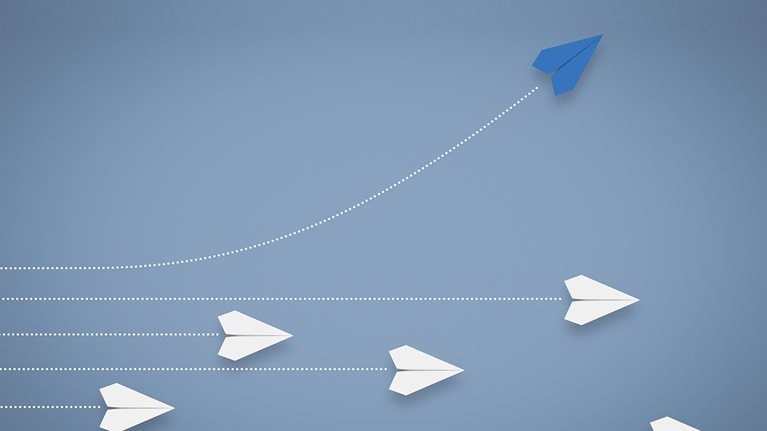Given the urgency of limiting rising global temperatures, sustainability has topped company agendas for years. Yet while it has been accepted as an ethical imperative, the business case for organizations to reduce greenhouse-gas emissions has been less clear. McKinsey believes sustainability will fundamentally change the landscape for B2B companies, opening opportunities for significant growth. In this piece, Sinem Hostetter and Georg Winkler, two authors of an upcoming article on unlocking the green-growth opportunity, preview their insights on the subject.
What do we mean by ‘green growth’?
Sinem Hostetter: Basically, it means sustainable growth—not sustainable in the sense that it endures, but that it is generated with minimal environmental impact. However, reducing environmental impacts could cost a lot. In a recent report, McKinsey estimated that reaching net-zero emissions by 2050 would require capital spending of $3.5 trillion per year more than is being spent now, for a total of $9.2 trillion per year. That’s the equivalent of about half of global corporate profits in 2020. So companies are setting science-based targets and spending a lot of capital to decarbonize their operations, and these investments need to be ethically and economically viable. Companies need to reduce their environmental footprint and generate a financial return on investment.
Georg Winkler: Our belief is that sustainability can be a source of durable competitive advantage, and the return on investment will come from profitable growth from new sustainable offerings. That’s why, for us, “green growth” means developing a strategy, making it operational through clearly defined measures, and taking new offerings to market more effectively to unlock top- and bottom-line growth. That’s everything from developing a perspective on which customer segments to prioritize to developing updated value propositions, charting new routes to market, pricing for sustainability, elevating the brand, upskilling your commercial team, and even building entirely new businesses.
Would you like to learn more about our Marketing & Sales Practice?
Beyond being an ethical issue, how does sustainability drive economic performance?
Georg Winkler: It’s top of mind for boards and investors alike, obviously, and investors are increasingly directing capital towards sectors and companies based on their ESG strategy. But when it comes to economic performance, our research shows that companies with more biologic, recyclable, or low-carbon products actually perform better than their peers on the capital markets, achieving higher shareholder returns. And while that’s not a good measure for holistic sustainable impact, it’s absolutely a sign of good economic performance, of healthy margins and growth.
How can B2Bs determine where decarbonization creates the greatest value?
Sinem Hostetter: It always goes back to focusing on your customers’ needs. But in this case, companies need to go deeper in the value chain, looking at not only their own carbon footprint but also that of their customers, their customers’ customers, and their partners in the ecosystems to really understand where they can create value through decarbonization within those different value chains. Once you’ve identified those opportunities, you need to run through a prioritization exercise looking at sustainability impact, potential customer demand for the opportunity and their willingness to pay, and the cost and timeline of decarbonization. This helps you develop a strategy for different opportunities you can pursue both in the short term and the long run. Ideally, immediate opportunities can create the revenue growth to both offset the costs of the initial investment and create the funds to pursue additional sustainability efforts.

Our future lives and livelihoods: Sustainable and inclusive and growing
What are some ways leaders should think about price premiums for sustainable alternatives?
Georg Winkler: Our insights and research suggest prices and premiums for sustainable alternatives could develop in waves or phases. Demand for green products today is expanding more rapidly than supply. That creates a higher willingness to pay—we see price premiums of up to 30 percent in some cases. But once supply and demand start to balance out, that should ease, and other factors will influence prices for green alternatives, such as regulations around carbon taxes.
Sinem Hostetter: Anecdotal evidence is not enough, of course. Premiums today are not necessarily a good indicator of what the situation might be in 2030 or 2040; the willingness of customers to pay varies by segment and is constantly changing. But the problem is, that’s the investment horizon executive teams are evaluating. So companies need to develop a longer-term perspective on achievable prices and margins. They need to create a detailed understanding of how different demand-supply scenarios might play out, how regulation might play into that, and what will drive consumers’ willingness to pay. They’re the prerequisites for success in the long term.


